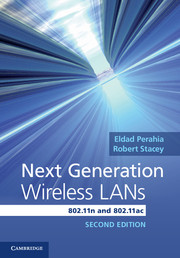We are all connected.
The need for consumers to sustain a permanent connection has been driven by a deep-seated need, fueled by peers, the furor of social media, and just simply by a trend to have immediate access to anything, anytime, anywhere. The technology supporting this trend has kept up with its ever-evolving pace and is only guilty of stumbling on occasions. Nevertheless, the availability of Wi-Fi in bars, shops, restaurants, and so on, along with favorable data packages offered by both fixed and cellular providers, have allowed us all to sustain that all-important “IP-fix.” In fact, most (if not all) Mobile Network Operators (MNOs) and Mobile Virtual Network Operators (MVNOs), along with multiple Telecommunication Service Providers (TSPs) and Internet Service Providers (ISPs), have provided their consumer-base with multiple opportunities to remain connected to the wider area network, or the Internet as it is commonly known.
The Lawnmower Man Effect (LME) represents the consumer's ability to traverse digital systems across the globe, all captained from their personal area networking space utilizing pervasive WAN technologies.
(Dean Anthony Gratton)Overview
So, we have penned the Lawnmower Man Effect (LME) as a definition; a term that classifies the ability afforded to a new generation of consumers who seek to have a permanent connection to anything, anytime, anywhere. A generation of consumers who are equipped with numerous electronic devices, which have an inherent ability to connect. In Figure 4.1 we further conceptualize the LME supposition that we, as individuals, have this unique ability to cross the globe virtually, in an instant. The term is derived from the 1992 film starring Jeff Fahey and Pierce Brosnan, The Lawnmower Man. In the film, we witness Brosnan conducting numerous experiments on Fahey using virtual reality in an attempt to increase his intelligence, but, of course, this is not the focus of our definition here.
